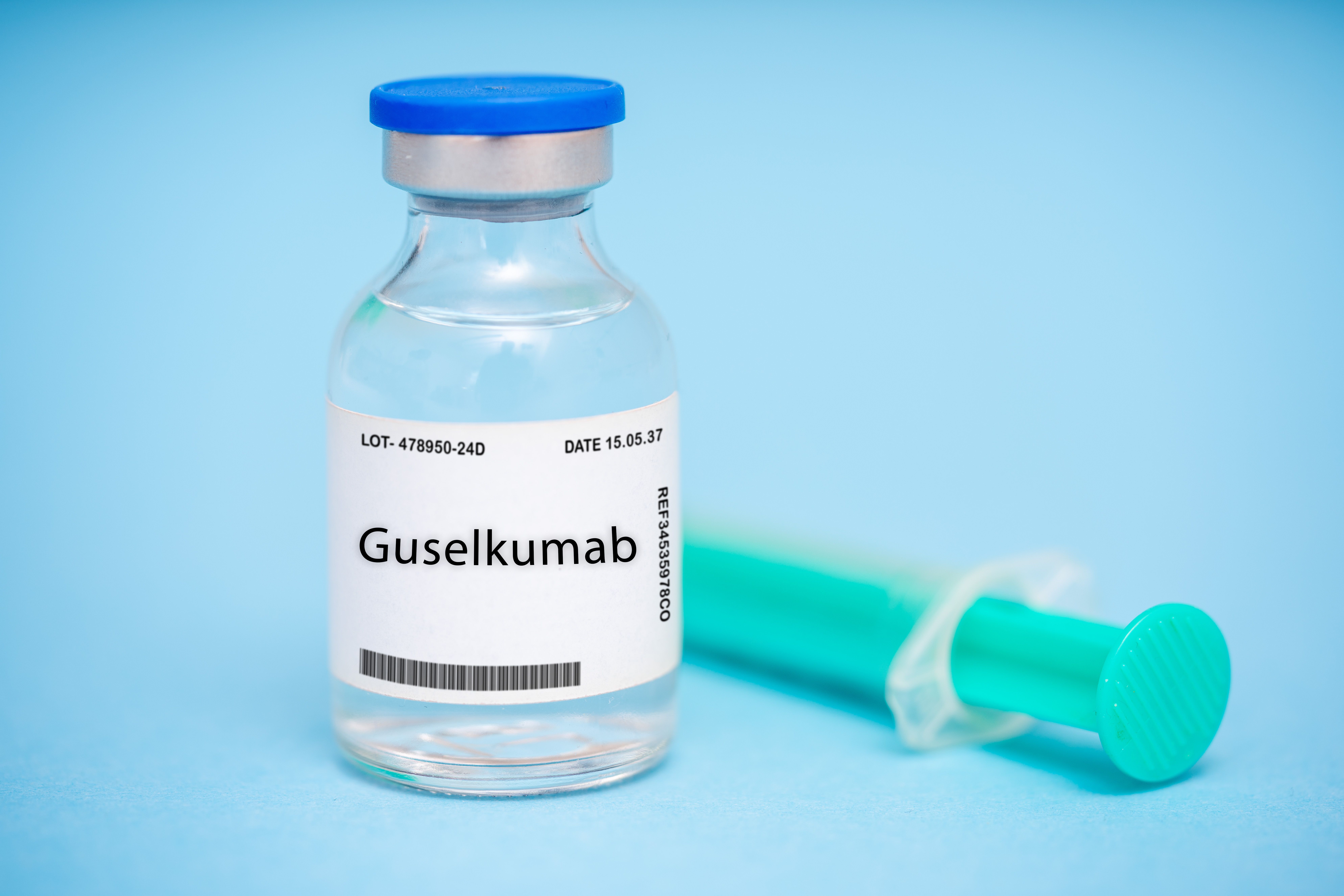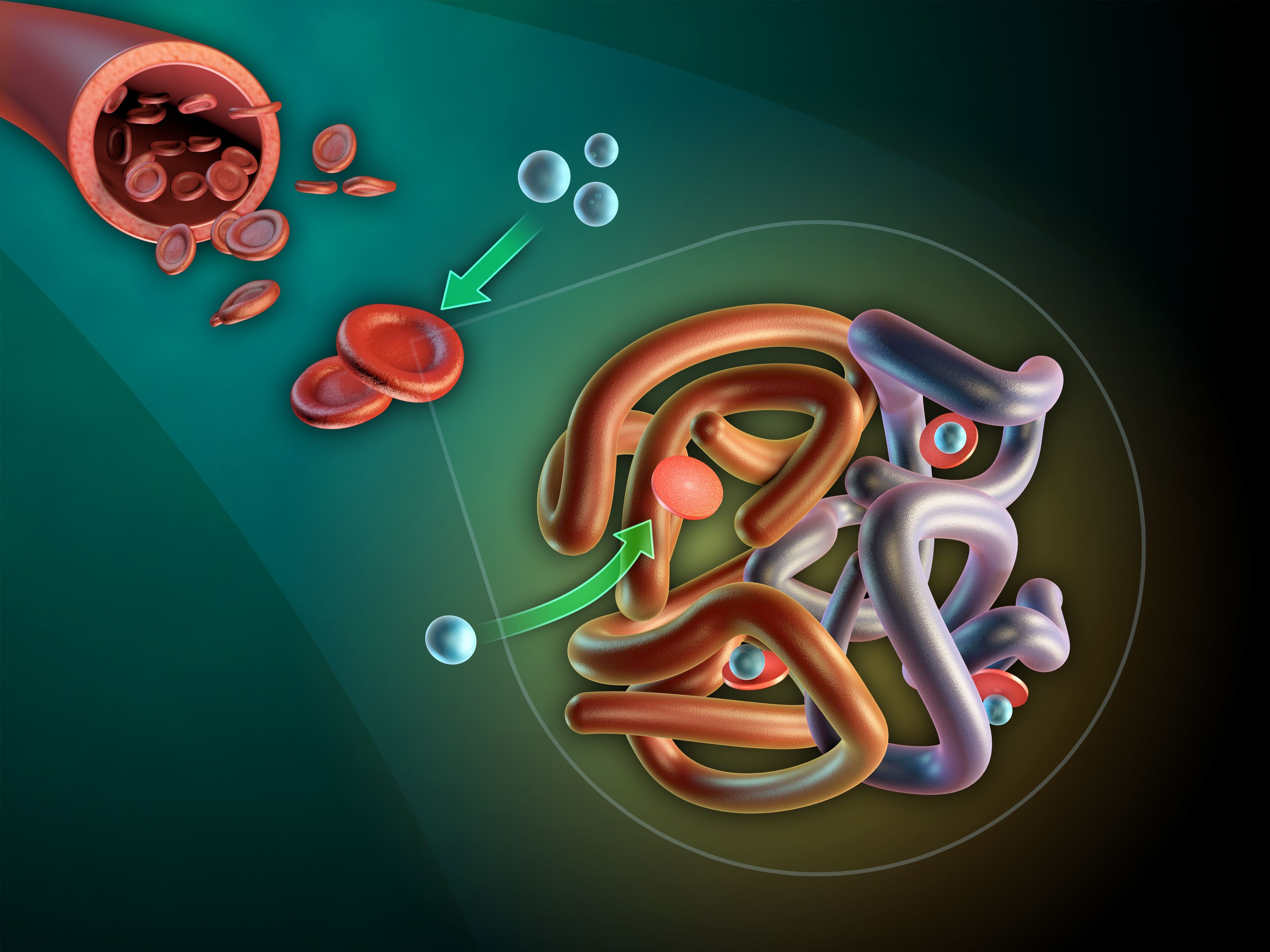News
Article
Vitamin D Supplementation Does Not Significantly Help Psoriasis
Author(s):
A new study suggests vitamin D2 supplementation on patients with psoriasis is superior to vitamin D3 supplementation, but there was no significant difference in heterogeneity.
This article was originally published in HCPLive® and has been lightly edited.
The efficacy and safety of vitamin D supplementation in treatment of psoriasis could not be determined due to insignificant findings, according to new research.1
According to the World Health organization, > 100 million people live with psoriasis worldwide. About 78%-90% of patients with psoriasis are diagnosed as mild to moderate skin lesions. Vitamin D had been used to treat psoriasis since 1985—ever since researchers found people with psoriasis lack vitamin D2. Yet, it is controversial whether vitamin D helps treat psoriasis.2
Foods Rich in Vitamin D | image credit: bit24 - stock.adobe.com

Vitamin D comes in 2 forms—ergocalciferol (vitamin D2) and cholecalciferol (vitamin D3). While vitamin D2 derives from plants, vitamin D3 derives from animals.1 The new research suggests vitamin D2 could possibly help patients with psoriasis more than vitamin D3, although the treatment is not significant.
A new systematic review and meta-analysis, led by Qianqian Dai, of the department of dermatology at Tianjin University of Traditional Chinese Medicine in Hefei, China, sought to analyze the findings of randomized controlled trials testing vitamin D supplementation for psoriasis to evaluate its effectiveness and safety. After searching through several databases, the team selected 4 studies with a total of 333 patients. The investigator examined change values in the psoriasis area and severity index at 3 months, 6 months, and the end of the follow up.
“Three of the publicly available RCTs failed to produce significant efficacy, and these studies that were found to be ineffective all showed small changes that were thought to have been influenced by other confounding factors rather than vitamin D supplementation,” the investigators wrote.
At 3 months, the investigators examined 206 patients (11 in the experimental group and 96 in the control group). The random effect model demonstrated taking vitamin D for 3 months does not significantly affect the value of change in psoriasis area and severity index (-1.18; 95% CI, -2.35-0.00; P = .05).
At 6 months, 3 studies with 205 patients (109 in the experimental group and 96 in control group). This time, the random effect model demonstrated taking vitamin D supplementation at 6 months may significantly affect the value of change in psoriasis area and severity index (- 1.14; 95% CI, -2.26 to -0.02; P = .05).” Though, there was no significant discrepancy in heterogeneity (I2 = 0%, P = .64).
At the follow up, 4 studies with 328 patients (169 in experimental group and 159 in placebo group) demonstrated vitamin D supplementation did not significantly affect the value of change in psoriasis area and severity index. The findings also found, when treating psoriasis, vitamin D supplementation (-1.44; 95% CI, -2.75 to -0.13; P = .03) worked better than vitamin D3 (-0.27; 95% CI, -0.27 to 0.41; P = .69), with no significant difference in heterogeneity (I2= 0%, P = .94).
The investigators also evaluated the change of psoriasis disability index with 65 patients (23 in the vitamin D group and 42 in the placebo group. They found the group taking vitamin D treated psoriasis better than the placebo group but demonstrated no statistical significance (P = .73).
For change of dermatology life quality index, the team examined 122 patients (60 in the vitamin D group and 62 in the placebo group), finding the vitamin group treated psoriasis better than the placebo group, but again, the effect of vitamin D supplementation on dermatology life quality index was not significant (P = .11).
As for the change of c-reaction protein, the investigators examined 45 patients (23 in the vitamin group and 22 in the placebo group), and there were no significant findings. Despite the results not being significant, the vitamin group was superior to the placebo group at 3 months 6 months.
“Although overall statistical analyses of subgroups for PASI (change at the end of follow-up) values did not show significant evidence of effectiveness, subgroup analyses suggest that supplementation with vitamin D2 may be superior to vitamin D3 and may be more effective in Asian populations than in European populations,” the investigators wrote. “Differences between different types of vitamin D and overall may need to be analyzed from a historical perspective."
When examining the safety of vitamin D supplements for people with psoriasis, only 2 of the 5 studies observed adverse events. One study, at the 3-month follow-up 2 patients in the vitamin D supplement group and 1 in the placebo group faced nausea.
Moreover, a sensitivity analysis, comparing changes in psoriasis area and severity at 3 months, 6 months, and the follow-up, demonstrated the values of change at 3 and 6 months are not “stable,” although the end of follow-up was “robust.”
The investigators noted dosing could be a reason why they were unable to reach a solid conclusion. The Institute of Medicine and Endocrinology recommends a daily dose of vitamin D supplementation of 4000 – 10,000 IU/day. Except, the minimum supplementation is 23857 IU/day and the maximum if 4285 IU/day. Other studies found taking vitamin D supplementation up to 10,000 IU/day has no association with adverse events. One study found a dose of 200,000 IU followed by 100,0000 IU/month of vitamin D3 produces a significant effect—increasing 23 (OH) D levels from 24.8 ng/mL to 41/mL, although it showed ineffective results. On the other hand, another study showed 60,000 IU of vitamin D2 every 2 weeks improved psoriasis area and severity index scores, yet the 25 (OH) D levels merely increased from 24.77 ng/mL to 27.39 ng/mL.
“This puzzling situation suggests that the heterogeneity in the dose of vitamin D supplements of significant utility is so high that it is almost impossible to draw definitive conclusions,” the investigators concluded. “Therefore, although the data from established studies do not suggest that safety is in question, based on the fact that the dose still needs to be explored and the well-known close relationship between it and safety, we believe that the safety of vitamin D supplementation in the treatment of psoriasis remains unclear.”
References
- Dai Q, Zhang Y, Liu Q, Zhang C. Efficacy and safety of vitamin D supplementation on psoriasis: A systematic review and meta-analysis. PLoS One. 2023;18(11):e0294239. Published 2023 Nov 15. doi:10.1371/journal.pone.0294239
- Psoriasis And Vitamin D Deficiency. Harvard Health Publishing. August 1, 2012. https://www.health.harvard.edu/diseases-and-conditions/psoriasis-and-vitamin-d-deficiency. Accessed November 21, 2023.





